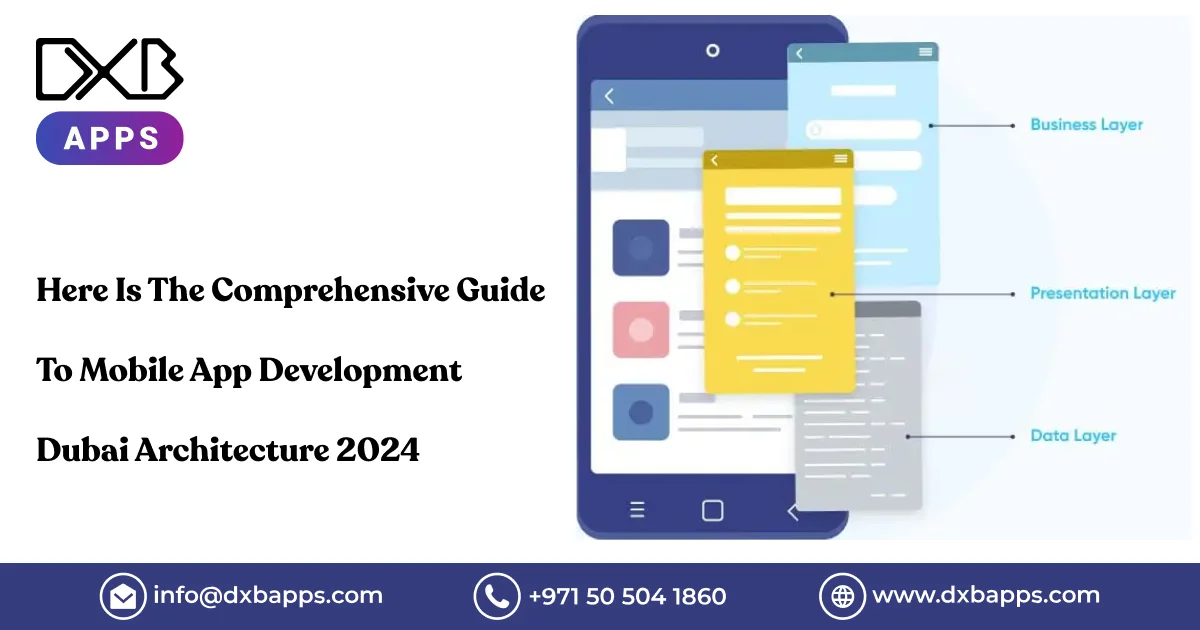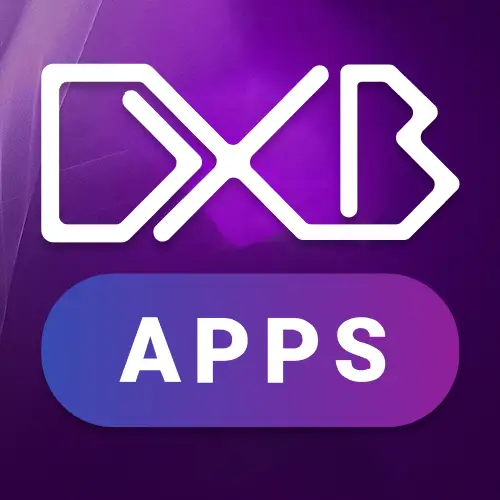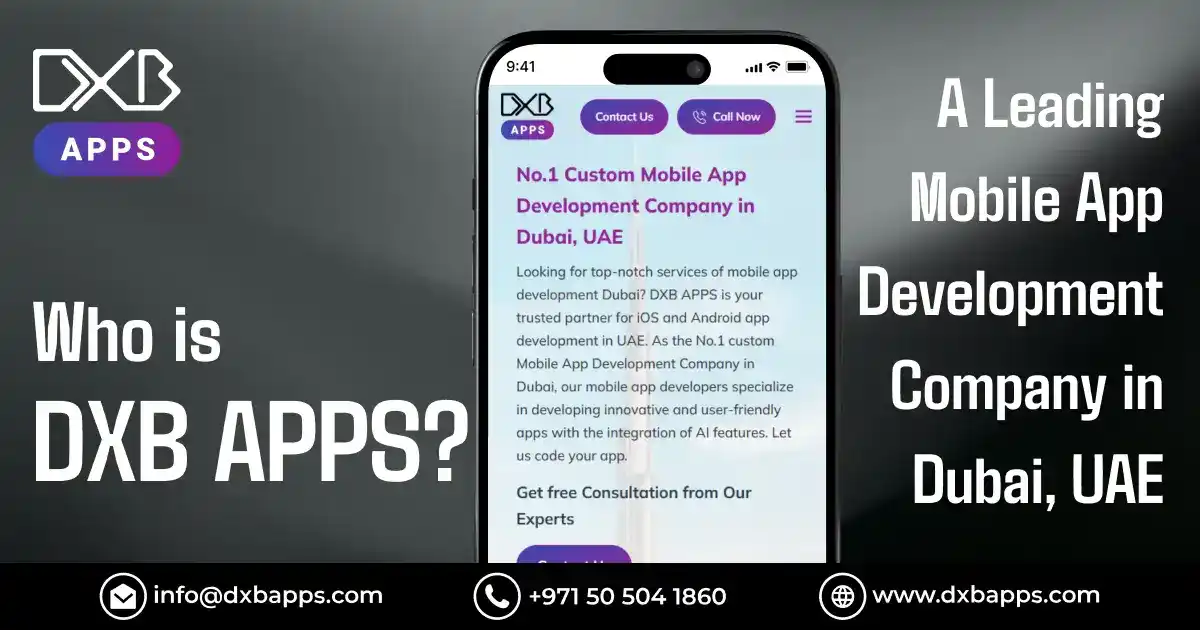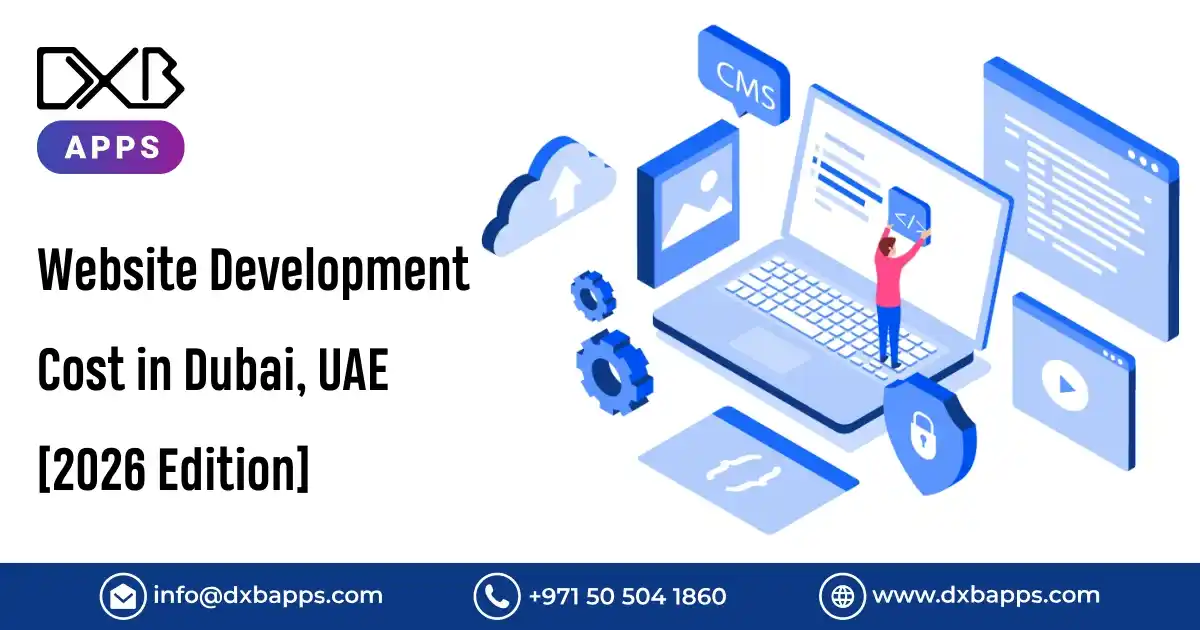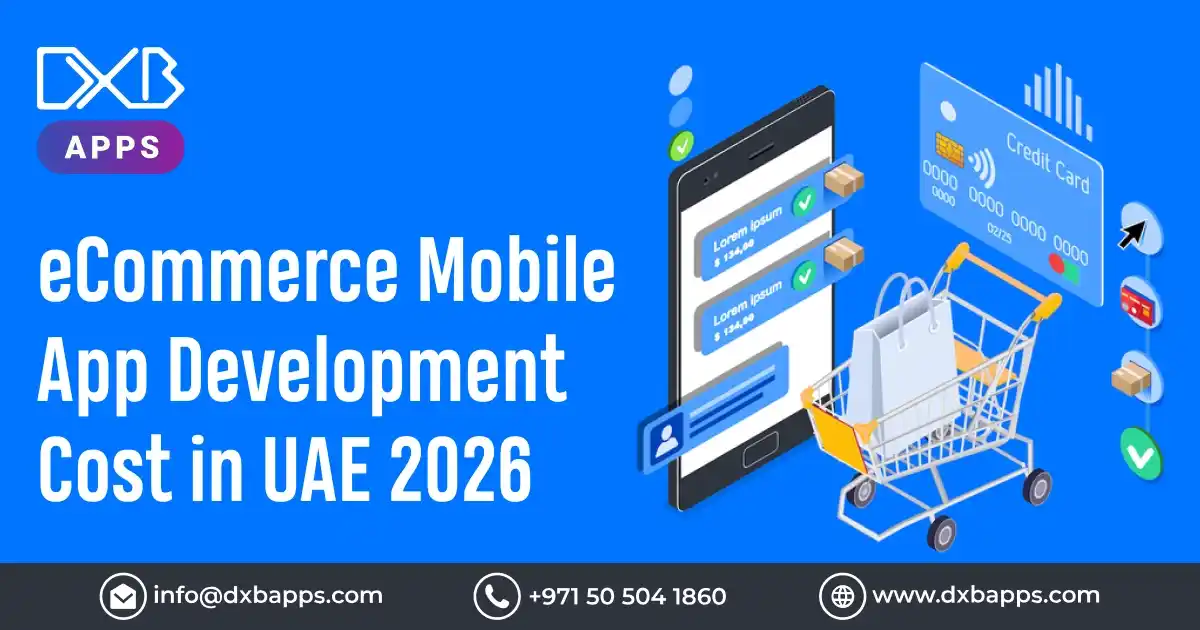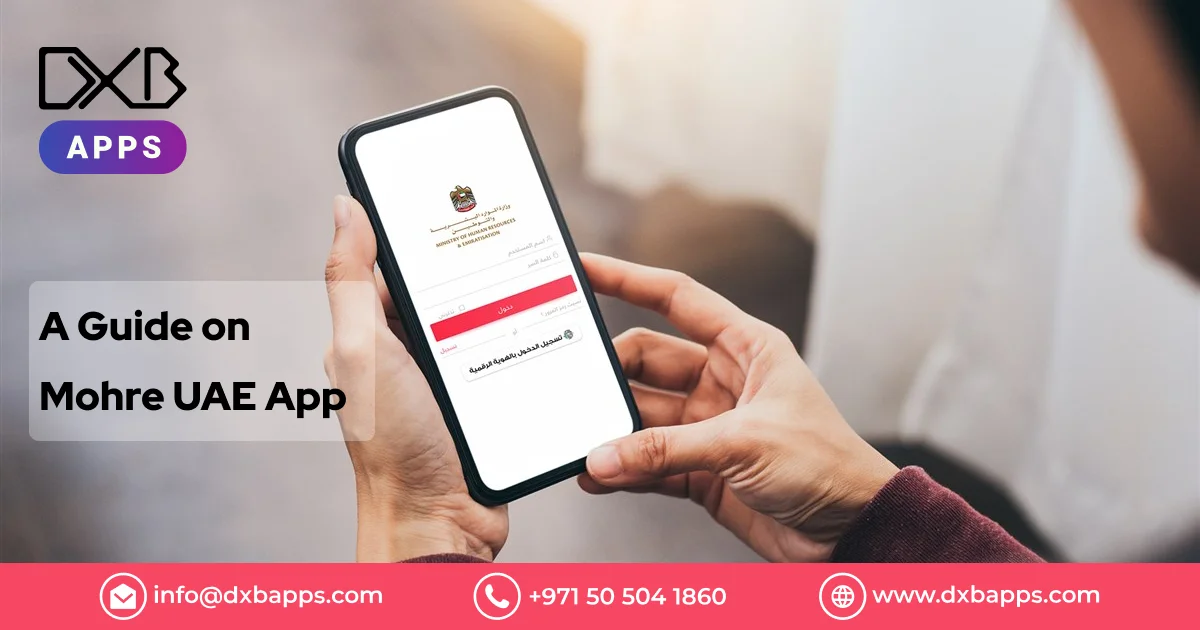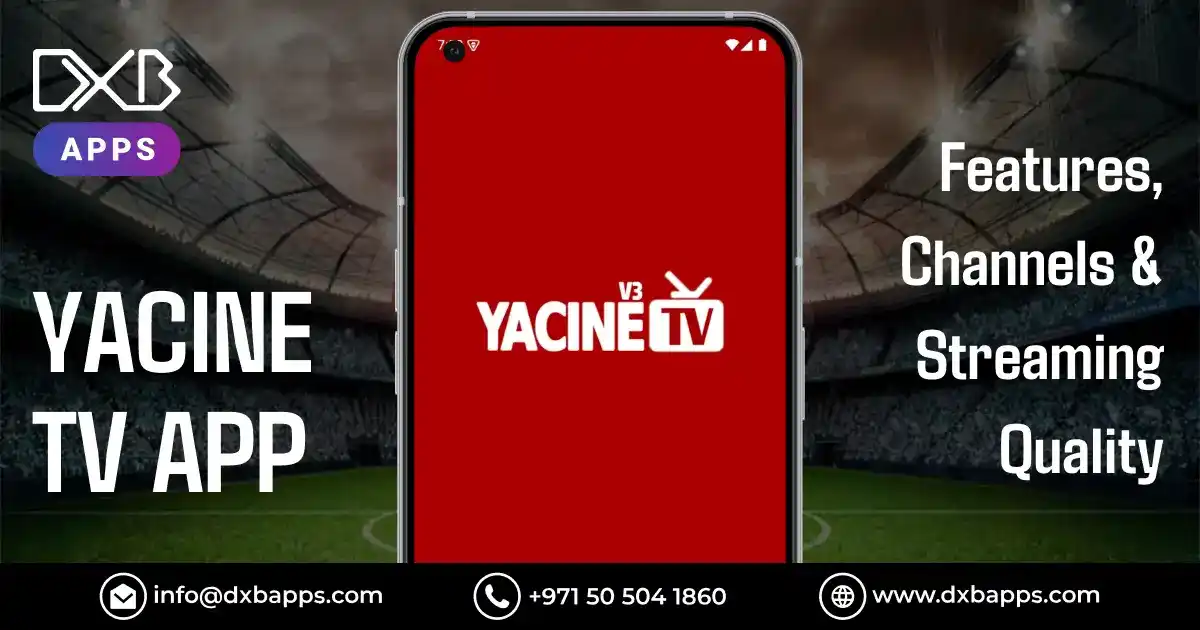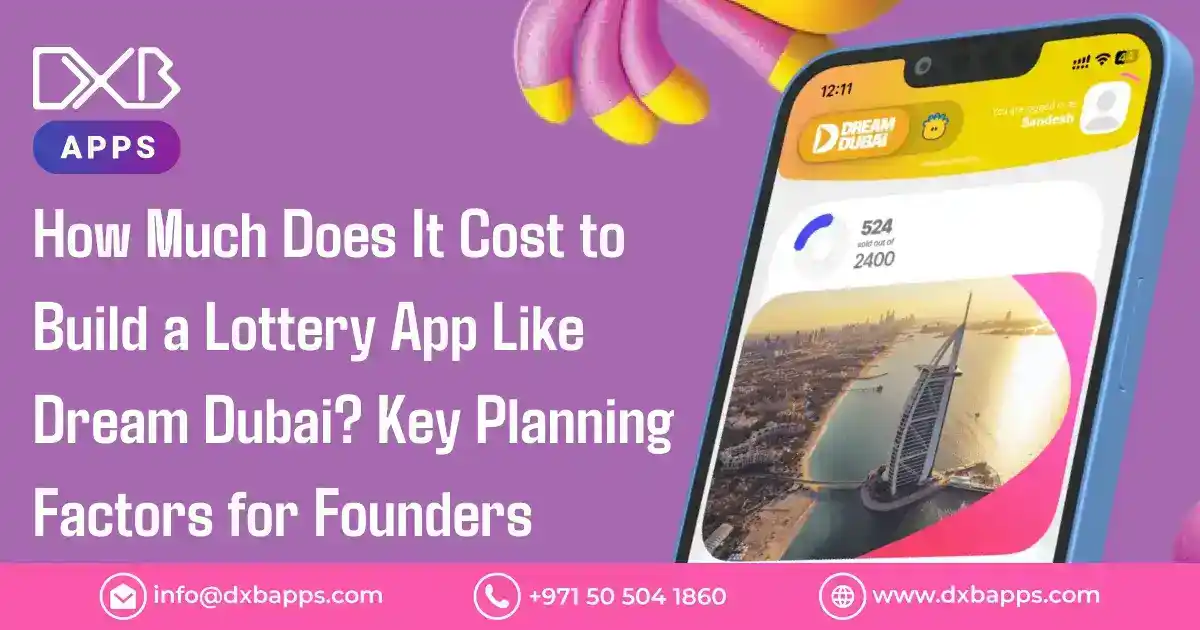More than just programming, executing mobile app development in Dubai that is easy to use and successful is also about having a thought out approach, good design as well as a solid architecture. The structure of a mobile application by top app development firm is what gives the overall design, functions, and user interactions seen in it being considered as its backbone. This post shall explore various components leading app development firms take in building mobile apps’ architectures; it shall equally touch on common practices for doing so
Comprehending the Architecture of Mobile Applications

The structural design of android application development, or iOS application development including all of its various levels, parts, and technologies, is called the app architecture. A nicely crafted structure buys assurance of the app working seamlessly and makes easier future updates and enhancements. Few established architectural patterns can be found in the fabrication of mobile apps each with its share of advantages and disadvantages. Let’s discuss some of them.
1. MVC, or Model-View-Controller
One of the earliest architectural patterns, MVC, is frequently used in the creation of mobile applications. The application is divided into three interrelated parts by it:
- Model: Consists of the application's business logic and data.
- View: Shows the user the user interface.
- Controller: Coordinates updates to the model and view based on user input.
2. MVVM, or Model-View-View Model
Modern Mobile App Development Dubai makes considerable use of MVVM, a modern version of MVC, particularly with frameworks like React Native and Flutter. It adds a ViewModel layer, which acts as a bridge between the view and the model to increase testability and the separation of concerns.
3. Uncluttered Design
Robert C. Martin's concept of "Clean Architecture" promotes the independence of layers within an application and the division of responsibilities. It consists of multiple levels, each having specific dependencies and responsibilities, such as the domain, presentation, and data layers. Scalability, maintainability, and testability are all facilitated by clean architecture.
Key Components of Mobile App Architecture
Regardless of the architectural design selected, mobile app architecture usually includes these essential elements:

1. Layer of User Interface (UI)
The interface (UI) layer acts as a link between the user and the functionalities of the application. It includes a number of parts that are in charge of informing the user and enabling communication. The UI layer is where mobile app developers create the app's interactive and visual components, such as views, screens, and widgets. This layer also includes navigation logic, which controls how users move between the application's many displays and parts.
Important Elements:
Screens and Views:
Screens are discrete areas or perspectives within an application, whereas views contain particular user interface components like text fields, buttons, and graphics.
Layout management:
Arranging UI components on the screen in an intuitive and visually appealing manner that also ensures consistency across different devices and screen sizes is called layout management.
Navigation:
The application's navigation logic, which includes tab bars, side menus, and navigation drawers, determines how users move between its various screens and sections.
Controls and Widgets:
Reusable user interface elements, or widgets, can update dynamically in response to user input or the status of the application. User interactions and actions are made possible by controls, such buttons and sliders.
2. Layer of Business Logic
The primary functionality and operational guidelines for the program are located in the Business Logic Layer. It contains the data processing, validation rules, and business logic that specify how the program operates and reacts to user input.
This layer ensures that the application behaves consistently and predictably in a variety of contexts by abstracting away the complexity of data management and computation.
Important Elements:
State Management:
State management refers to controlling the application's current state, which includes user input, data modifications, and application state. Throughout its existence, it guarantees the application's responsiveness and data integrity.
Data processing:
It is the process of converting and modifying unprocessed data into information that the user can understand. Calculations, data gathering, filtering, and sorting procedures might be part of this.
Business Rules:
These lay out the restrictions and logic that control how an application functions. Permissible actions, validation standards, and business procedures are set forth in these regulations.
3. The Data Layer
Within the program, the Data Layer is in charge of handling data synchronization, retrieval, and storage. It includes parts that communicate to retrieve and store data from external data sources such web services, databases, and APIs. The Data Layer also has mechanisms for local data caching, data access optimization, and data consistency and dependability assurance.
Key Components:
Data Models:
Data models specify how data is arranged and displayed within an application by expressing the structure and schema of the data entities in the application.
Caching and Local Storage:
To enhance performance and lower network latency, caching technologies store frequently accessed data locally. Data can be stored on the device permanently thanks to local storage technologies like SharedPreferences and CoreData.
Data Synchronization:
Mechanisms for data synchronization guarantee that data is consistent between various platforms and devices. This could entail handling offline data circumstances, resolving conflicts, and periodically synchronizing with a server
Data Access Components:
To retrieve, save, and modify data, data access components communicate with external data sources. This could entail communicating with third-party APIs, searching databases, or sending HTTP requests to online services.
4. Communication Layer
The mobile app and external servers or services can communicate more easily thanks to the Communication Layer. It includes parts that are in charge of responding to requests from the network, handling them, and maintaining network connectivity. To provide safe and dependable connectivity with external services, the connectivity Layer also handles elements like authorization, authentication, and data encryption.
Important Elements:
Network Request Handling:
In order to retrieve or submit data, network request handling entails sending HTTP requests to servers or external services. This could involve downloading files, filling out forms, or obtaining data via a RESTful API.
Processing answers from external services:
Parsing data formats like JSON or XML, and extracting pertinent information for additional processing or display are all part of response handling.
Network Connectivity Management:
This feature makes sure that an application works and is responsive in a variety of network environments. This could entail keeping an eye on the health of the network, responding to failures, and putting retry mechanisms in place.
Authorization and Authentication:
These two processes allow users to be authenticated and to access resources that are protected. Role-based access control, token-based authentication, session management, and user login may all be involved in this.
Data Encryption & Security:
To prevent unwanted access or interception, sensitive data is encrypted before being transmitted across a network. To safeguard data both in transit and at rest, this may entail putting encryption techniques into practice and utilizing secure communication protocols like HTTPS.
Some Of The Best Practices for the Architecture of Mobile Apps
Following design principles and best practices is necessary to build a mobile app architecture that is both reliable and scalable. The following are some essential principles to remember:

Separation of Concerns:
Divide your program into discrete levels, such as user interface, business logic, and data management, each with well-defined roles.
Modularity:
Create reusable components and clear intermodular dependencies by structuring your program in a modular manner.
Scaling:
Take into account aspects like as user growth, data volume, and performance requirements early on in the scaling process.
Testability:
To determine the accuracy and dependability of your program, do a large number of unit, integration, and user interface tests.
Flexibility:
Build your design with the ability to adapt to future improvements and modifications, such as new features or platform upgrades.
Speed Optimization:
To improve the responsiveness and speed of your app, use optimization techniques like caching, background processing, and lazy loading.
Boost Your Online Visibility with DXB APPS
When combined with the Mobile App Development Dubai, web development becomes an additional feature that enhances online visibility and accessibility. Joining together with DXB APPS, one of the best website development company in Dubai, opens up a world of opportunities.
Conclusion
In order for top notch mobile app development in Dubai to succeed, you need good development services. To achieve this goal, developers should follow certain guidelines when designing the architectural framework in order to create fairly consistent digital interactions among the users hence develop resilient, scalable and maintainable architectures. Even if you are only creating a simple prototype, it is essential to have the right architecture for your mobile application which will ensure its survival over time as well as its potential success.
FAQs
What is the average period for creating a mobile application in Dubai?
The time taken for the project can be determined by the complexity of the project. As a rule, it takes from three to nine months on average to complete the design, development and testing processes.
Which is the very best mobile app development company based in Dubai?
To determine experience and dependability, perform in-depth investigation, evaluate portfolios, and request client references.
How can I make sure my app stands out from the crowd?
Give responsive design, smooth functioning, and innovation top priority. To find prospects in a certain area, conduct market research and modify your app accordingly.

